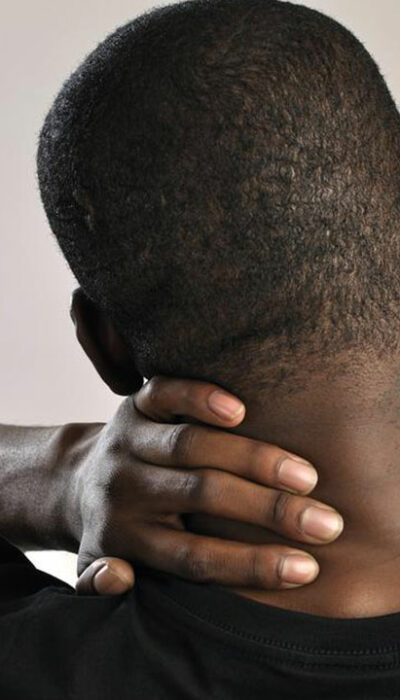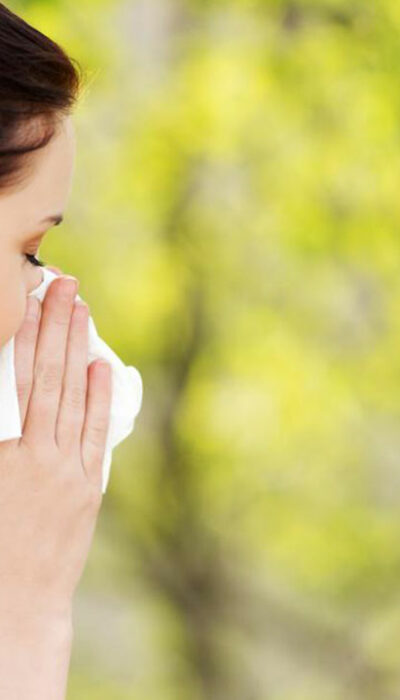
3 Common Causes of Foot Nerve Pain
Nerve disorders related to the foot can be quite distressing. Therefore, it’s important to understand where foot nerve pain comes from, what it is, and how it can be treated. Physical injuries, ailments, and other disorders can cause foot nerve pain. Your first step is to consult a physician and get an accurate diagnosis, so you know how to proceed with treatment. Once you identify the cause of the foot nerve pain, you can take appropriate measures to deal with it. Listed below are a few common causes of foot nerve pain, and the various treatment options available: Diabetic neuropathy Pain in your foot can be a symptom of diabetes known as diabetic peripheral neuropathy. It’s important to identify this early so you can treat it effectively. Keep an eye out for the symptoms of diabetic neuropathy. If you experience any of the following symptoms, you should consult a doctor immediately. Ignoring these signs, especially if you have a family history of diabetes or heightened blood sugar can cause a lot of complications later. These are some of the indicators of diabetic neuropathy: Numbness in the toes, fingers, feet, and hands Extremely sensitive feet Sharp, burning pain along the legs and eventually in the arms A tingling sensation in the feet, toes, fingers, and hands This type of foot nerve pain may sound unsettling and frightening, but it’s relatively common. A large number of people suffer from diabetic neuropathy. Because of this, there are a wide range of options to treat it These are some treatment options for foot nerve pain caused by diabetic neuropathy: Medication – There is a large range of medicines that help manage, treat, and cure diabetic foot pain. These include antidepressants, anti-seizure medication, opioid pain medication, and anticonvulsants. Patches – Skin patches with anesthetics like lidocaine have been proven to alleviate foot nerve pain.










